
Photograph and composition of ULM-1
(ECNS) -- Chinese scientists have discovered a new type of mineral containing water molecule structure in a lunar sample returned by the Chang'e-5 lunar mission, marking the first time water molecules have been discovered in lunar soil.
The achievements were recently published in the journal Nature Astronomy by Chinese scientists from the Institute of Physics under the Chinese Academy of Sciences along with scholars from several renowned Chinese universities.
The researchers discovered ULM-1, a hydrated mineral with the formula (NH4,K,Cs,Rb)MgCl3·6H2O. It includes as many as six molecules of crystalline water, with water molecules making up to 41 percent in the sample by mass, shedding light on potential sources of water and ammonia on the moon.
The lunar soil samples collected by Chang'e-5 as a part of the youngest basalt is one of the highest-latitude lunar samples to date, providing a new source for the study of lunar water.
The article says “the mineral's structure and composition closely resemble novograblenovite, a terrestrial fumarole mineral formed through the reaction of hot basalt with water-rich volcanic gases, and carnallite, an Earth evaporite mineral”.
The finding reveals lunar water molecules can persist in sunlit areas of the moon as hydrated salts, according to the article.











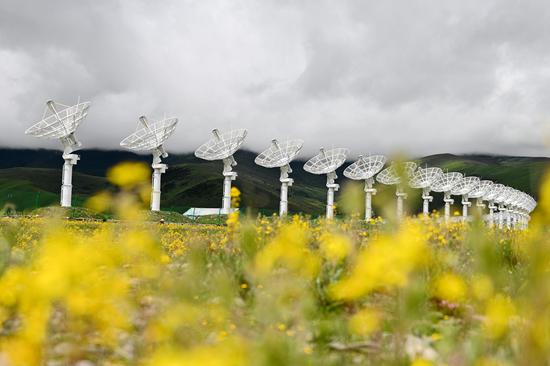

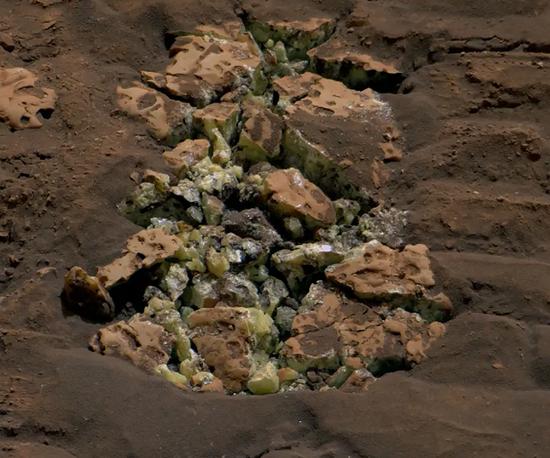







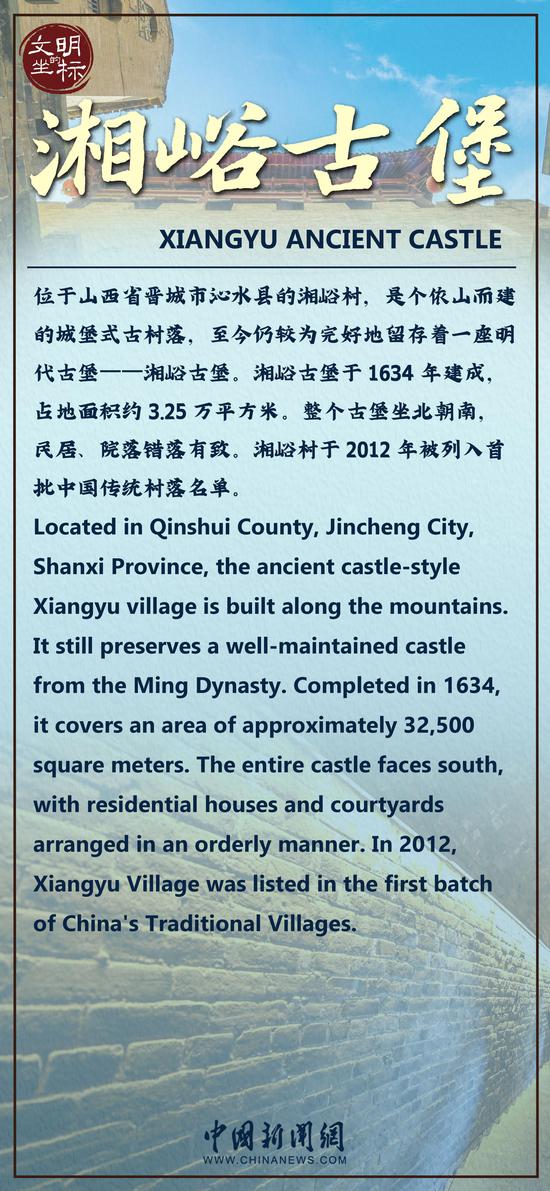



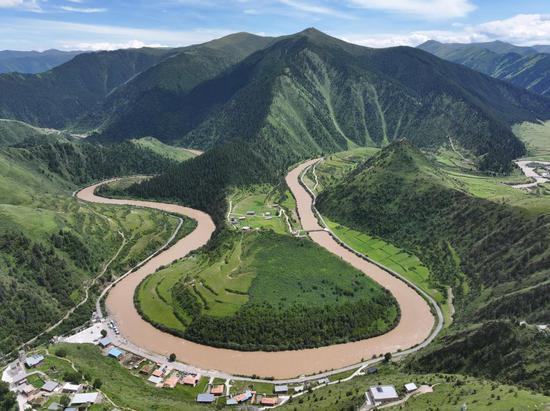



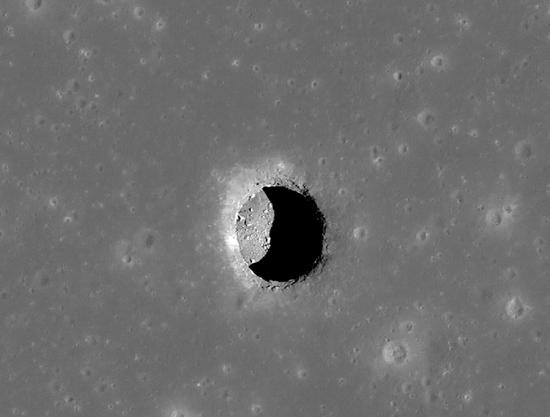






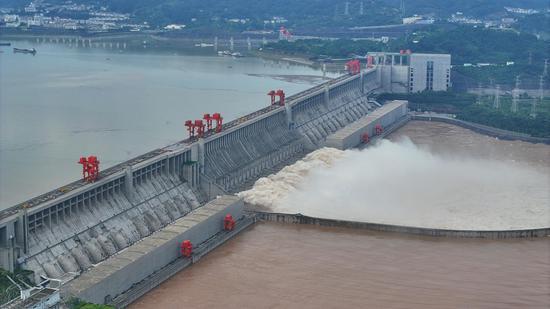
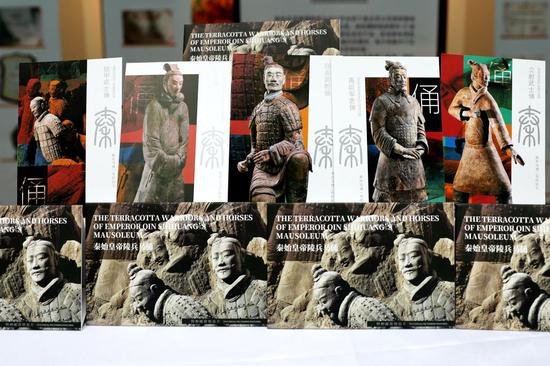








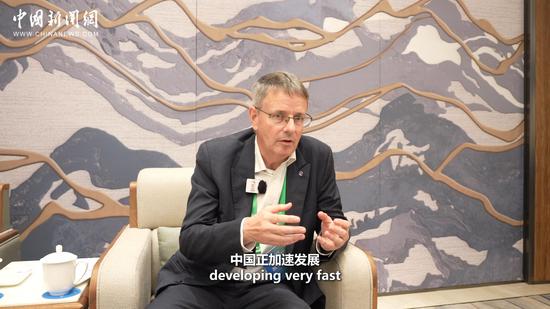



 京公网安备 11010202009201号
京公网安备 11010202009201号